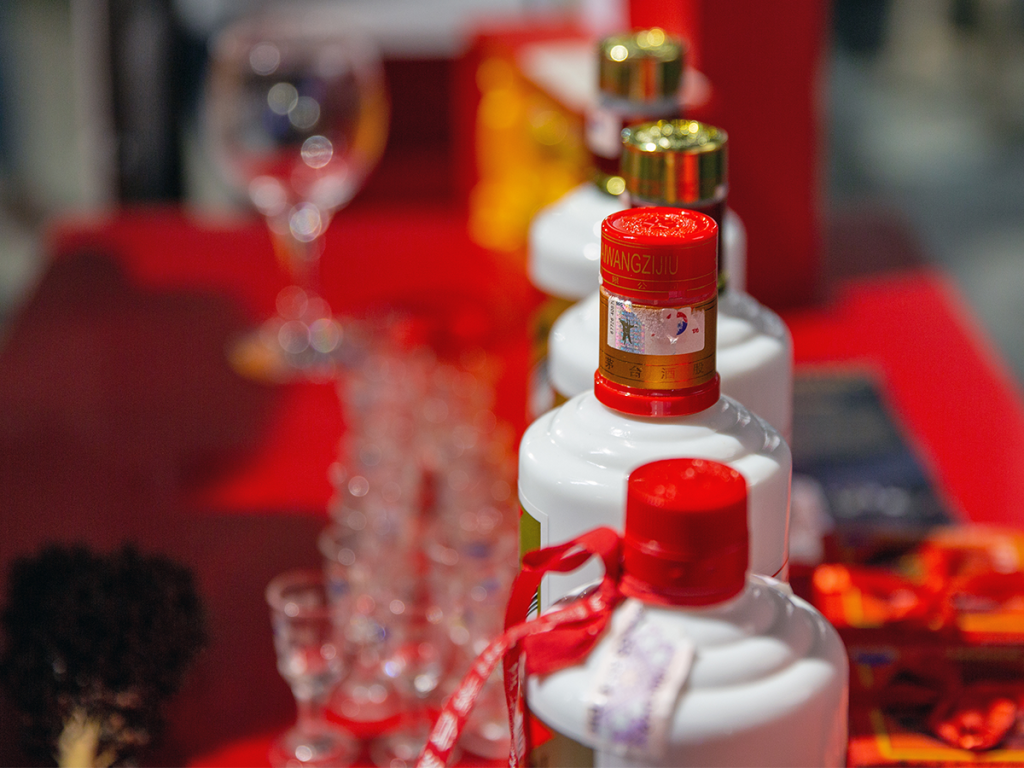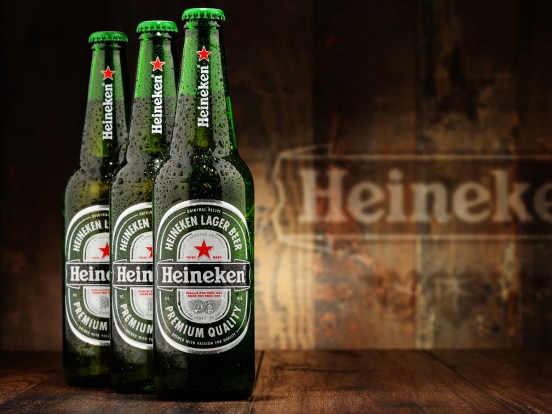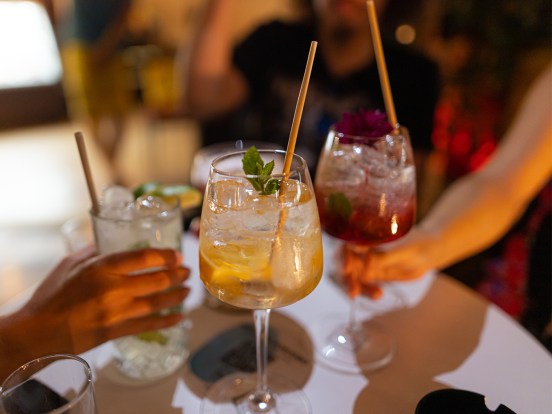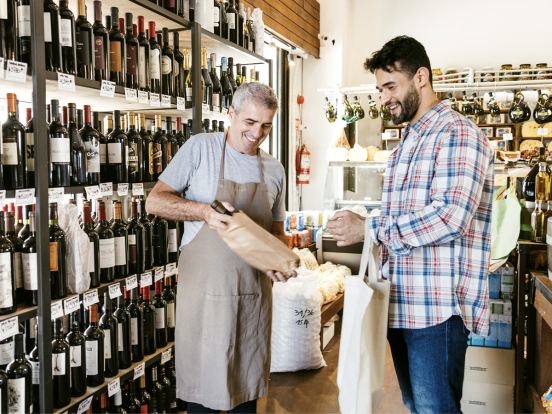Market data analyst Kantar has identified the world’s 20 most valuable alcohol brands in its Kantar Brandz Most Valuable Global Brands 2024 report, representing a combined total brand value of US$232,743m.
Moutai, affectionately known as China’s national liquor, topped the charts for best-performing alcohol brands globally, with a brand value of US$85,565m.
After Moutai, it was beer that dominated the top five most valuable brands in the world, with Corona coming in second, Budweiser in third place, Heineken in fourth and Modelo fifth.
The remainder of the top 20 saw a mix of beers and spirits, with Moët & Chandon being the only wine to place, in 20th position with a brand value of US$3,290m.
Overall, Kantar identified premium products as a key driver for alcohol brands, particularly spirits, including perceived expertise, trust and taste. For spirits, 21 per cent of brand equity was driven by superior quality, 18 per cent for beer, and 16 per cent for the overall alcohol category.
Beer benefits from value proposition
Kantar reports that much of the alcohol category’s growth over the last 12 months can be attributed to beer, being the only alcohol brands that saw gains. This is unsurprising when we consider that beer made up 11 of alcohol’s 20 most valuable brands, with Corona scooping second place as a new entrant to the list.
Following the top five was Brahma at #11, Michelob Ultra at #12, Bud Light at #13, Skol at #13, Guinness at #15, Stella Artois at #16 and Tecate at #17.
Of the 11 ranking beer brands, many have drawn on unique interactions to increase exposure and challenge other players. Non-alcoholic Corona Cero which will take centre stage at the Olympics as global beer sponsor, while Budweiser has focused on Chinese and Indian markets.
But above all, the success of the top beer brands is attributed to their value proposition, rather than their individual successes.
The report states: “In much of the world, 2023 was a year when consumer sentiment lagged behind headline economics data – not least because food prices proved some of the most stubborn of any category when it came to inflation.
“To the extent that alcohol spending and food budgets are linked in consumers’ minds, it makes sense that drinkers would look for ways to cut back on more expensive adult beverages, returning instead (the theory goes) to the more democratic world of beer.”
Category extensions
While Chinese-owned baijiu spirits ranked well, with Moutai taking the top spot and Wu Liang Ye, National Cellar 1573 and Luzhou Laojiao ranking seventh, 10th and 19th respectively, these premium spirits recorded sales decline in China as budget conscious consumers opted for beer over baijiu.
Like many global markets, China’s baijiu brands are focused on recruiting Gen Z consumers to combat reduced spending. In some cases this involves making successful extensions into different sectors, such as the Moutai collaboration with Luckin Coffee which sold 5.4 million cups of baijiu-infused coffee in its first day.
Han Ye, Lead Partner at Kantar China Advisory Business, says: “In China, baijiu brands are trying to win over younger generations – which they have realised means building associations with new moods and occasions. And so, over the past two years, you have seen the category leader, Moutai, branch into ice cream.
“Moutai has also collaborated with some very well known coffee and milk tea brands. This has made young people more interested, while also bringing the entry-level price down to one that’s more accessible for Gen Z. Importantly, they have done this while still maintaining Moutai’s premium positioning – because they chose the right brands to collaborate with.”
The impact of collaboration on the RTD market
As seen with Moutai’s foray into different sectors, stretching into new categories opens a world of opportunities for beverage producers, helping to attract new and younger audiences.
In the UK, Absolut vodka achieved viral success by collaborating with Heinz on a range of vodka pasta sauces last year. But the exchange works both ways, and in the US, Sunny Delight, now known as SunnyD, hit the shelves in 2023 with a new RTD, SunnyD Vodka Seltzer, drawing on nostalgic appeal.
Other childhood favourites have seen great success by launching alcoholic versions of popular soft drinks, such as Hard Rated, which has taken the Australian market by storm. In 2023 alone, Hard Rated generated $157m in Australia, making Hard Rated the alcoholic brand that brought in the most cumulative revenue in Australia last year.
Now in maturation, the RTD market is well-established in Australia and beyond, and while this category saw a spike in hard seltzer consumption a few years ago, data from Kantar has seen stronger and more varied offerings compete for market share.
As innovation prevails, there are countless new entrants to the RTD market each year, including producers who are looking to extend their offerings beyond beer. As one example, in the last 12 months Heineken has acquired stakes in RTD brands Served and Stëlz.
But in some cases, this is resulting in category crossover where producers put inventive twists on beers themselves, such as the rise of Micheladas in Mexico, comprising beer, lime juice and hot sauce.
The report says: “Traditionalists may wonder: why tinker with beer in this moment when its straightforward, no-frills nature is what so many like about it? In short, because times are changing and Gen Z drinkers in particular seem likely to prioritise flavour exploration and lighter formats over hoppy brews in the years ahead.
“But also for a more elemental reason: because top brands know that success depends on never resting on one’s laurels.”
The battle between beer and RTD even extends to drinking occasion, with the popularity of RTD cocktails lending itself to a growing number of daytime drinking occasions and rivalling beer’s reputation as a drink of convenience.
While beer has long catered to the need for convenience, a data study by Kantar Analytics has identified that the possibilities expand when RTDs enter the picture, resulting in almost 30 new drinking occasions, such as train journeys and post-exercise enjoyment.
Story by Molly Nicholas. Originally published on www.theshout.com.au
How to catch up with The Shout NZ…
Online, updated daily with its own unique content and breaking news.
Our weekly newsletter – free to your inbox! Subscribe here.
We are also on Facebook and Instagram!





